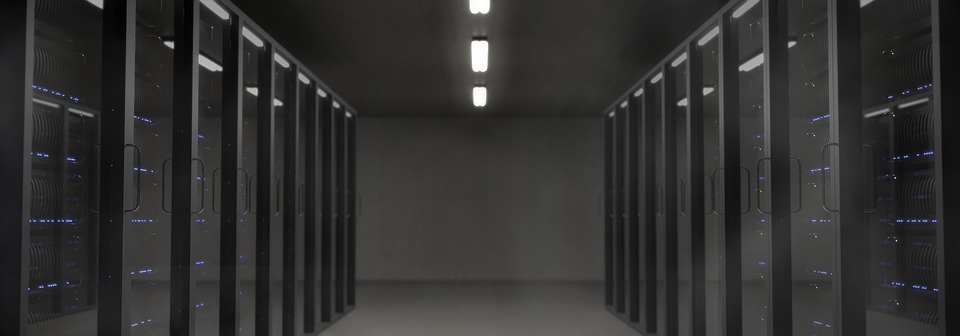WHAT IS A RAID?
( redundant array of independent disks)
As a business owner, you have many choices of computer systems to run your business. In the windows environment, you have a software RAID to run your business.
What type a RAID should you create to best run your business? I will go through the pros and cons of each type of RAID system. This will help you make an educated decision what is best for your company. Raid’s come in many configurations.
A hardware RAID is a disk system that stores your data across multiple hard drives. This increases speed or provides fault tolerance or a combination of both.
A software RAID does not require special hardware and proprietary firmware. Therefore, Software Raid’s are the cheapest to build. Below is an explanation of the most common hardware RAID configurations.
WHAT IS A RAID 0?
RAID 0 is data stripped over any number of drives creating 1 logical drive.
However, with RAID 0 there is no data protection. The loss of one drive will cause the RAID stripping to fail. This type of RAID is not widely used today. In the 80’s and 90’s the capacity of drives maxed out at 100 GB or less. Businesses used RAID 0 to increase the data capacity of the RAID.
WHAT IS RAID 1?
RAID 1 is data mirroring. What is written to drive 1 is also written to drive 2. If one drive fails the other drive has a copy of your data. One problem is that if garbage is written to failed drive due to drive failure it is also written to the good drive. Or as is often said, “garbage in garbage out”.
Another problem with RAID 1 is if both drives are mirrored in the same computer it creates an opportunity for the failure of both drives with a system failure due to power surge etc.
WHAT IS RAID 5?
RAID 5 is block level striping with parity. It requires that all drives but one be present to operate properly. Upon failure of a single drive reads can be calculated from the distributed parity of all remaining drives.
If not set up properly by administrator, he will not be aware of first drive failure. Second drive failure creates a failure of your RAID. RAID 5 is used extensively by small and large businesses.
WHAT IS RAID 10?
RAID 10 is also known as RAID 1+0. It is a combination of RAID1 and RAID 5. RAID 10 is the best of both worlds with data striping and data mirroring. RAID 10 has excellent performance and highly reliable with the amount of redundancy built into it.
Raid’s can be set up on hard drives that include SAS, SATA, It is recommended the use of matched hard drives of same size and configurations. The hard drive must have the same writing speed, transfer rates and so on.
RAID technology may sound like it is difficult to implement. However, the benefits offered will justify its technology at the time of a drive failure.
Chuck Roover
800-339-3412


